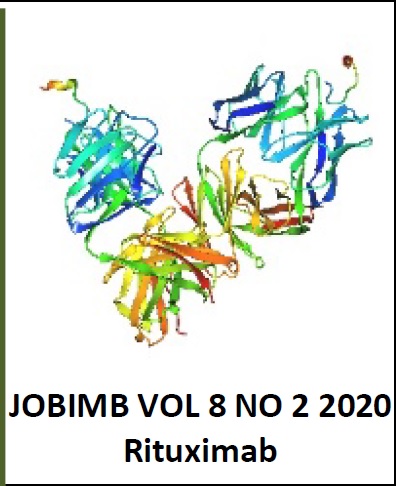Phytochemical Screening and Antibacterial Activity of Stem Bark of Baobab Tree (Adonsonia digitata) on some clinical isolate
DOI:
https://doi.org/10.54987/jobimb.v8i2.539Keywords:
Baobab tree; clinical isolates; plant; secondary metabolite; treatmentAbstract
The use of plant and their secondary metabolite for the treatment of several illnesses is gaining attention across the globe. For this reason, baobab tree was procured in order to test its effect on some bacterial isolate. Powdered stem bark of Adansonia digitata was extracted with chloroform and methanol using percolation method of extraction. The extracts were dark brown and reddish brown in color respectively with a gummy texture. The chloroform and methanolic extracts were screened from the presence of secondary metabolites using standard technique. The result of photochemical screening indicated the presence of alkaloid, flavonoid, tannin, reducing sugar and steroid in one or both the extracts. The extracts were further tested, on confirmed clinical isolates of Salmonella typhi and Staphylococcus aureus using disc diffusion method and micro – broth dilution technique. The result of sensitivity test indicated that the tested clinical isolates were more sensitive to chloroform extract than the methanolic extract because larger zones of inhibitions were obtained with chloroform extract. In both methods used, the organisms were susceptible to all extracts even at the lowest concentration of 15 ïg with zones of inhibitions ranging from (8 – 10 mm).
Downloads
Published
How to Cite
Issue
Section
License
Authors who publish with this journal agree to the following terms:
- Authors retain copyright and grant the journal right of first publication with the work simultaneously licensed under a Creative Commons Attribution License (http://creativecommons.org/licenses/by/4.0) that allows others to share the work with an acknowledgement of the work's authorship and initial publication in this journal.
- Authors are able to enter into separate, additional contractual arrangements for the non-exclusive distribution of the journal's published version of the work (e.g., post it to an institutional repository or publish it in a book), with an acknowledgement of its initial publication in this journal.
- Authors are permitted and encouraged to post their work online (e.g., in institutional repositories or on their website) prior to and during the submission process, as it can lead to productive exchanges, as well as earlier and greater citation of published work (See The Effect of Open Access).



